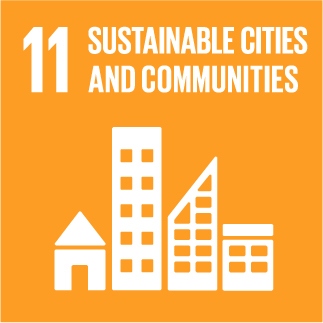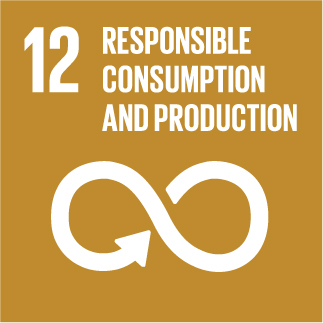URBANREC
Valorization of spent coffee ground with wheat or miscanthus straw: Yield improvement by the combined conversion to mushrooms and biomethane
Spent coffee grounds mixed with wheat straw or miscanthus straws were used as substrates for oyster mushroom (Pleurotus ostreatus) production. The biomethane potential of spent mushroom composts was determined, and the influence of fungal digestion (FD) on the overall conversion balance of the substrates to valuable products, i.e. edible mushroom carpophores and biomethane (CH4) was investigated. Only 3–7% of the chemical oxygen demand (COD) of the initial substrates was recovered as harvested carpophores, while about 50% was recovered as CH4 by anaerobic digestion (AD) of the fungal compost. Anaerobic digestibility of the fungal compost after FD was very close to the anaerobic digestibility of the initial substrates, but the amount of matter was reduced by 17–22% as dry matter, 20% as volatile solids and 12–27% as COD, most probably by fungal respiration. As a consequence, the CH4 production per amount of initial substrate was lower. However, owing to the much higher economic value of edible carpophores as compared to CH4, a rough assessment of the economic balance was largely in favour of FD prior to AD. As compared to wheat straw, miscanthus straw presented both a lower final conversion to biomethane and a lower amount of harvested carpophores. Valorization through FD before AD is to be preferred as compared to direct biomethanation of the initial substrates.

» Author: Florent Awedem Wobiwo, Jorge-Luis Ercoli Balbuena, Thomas Nicolay, Yvan Larondelle, Patrick A. Gerin
» Reference: 10.1016/j.esd.2018.06.012
» Publication Date: 01/08/2018
» More Information

This project has received funding from the European Union's Horizon 2020 research and innovation program under grant agreement Nº 690103




URBANREC Guidelines by URBANREC Consortium is licensed under a Creative Commons Reconocimiento-NonComercial-NoDerivatives 4.0 Internacional License.
Puede hallar permisos más allá de los concedidos con esta licencia en www.aimplas.net
